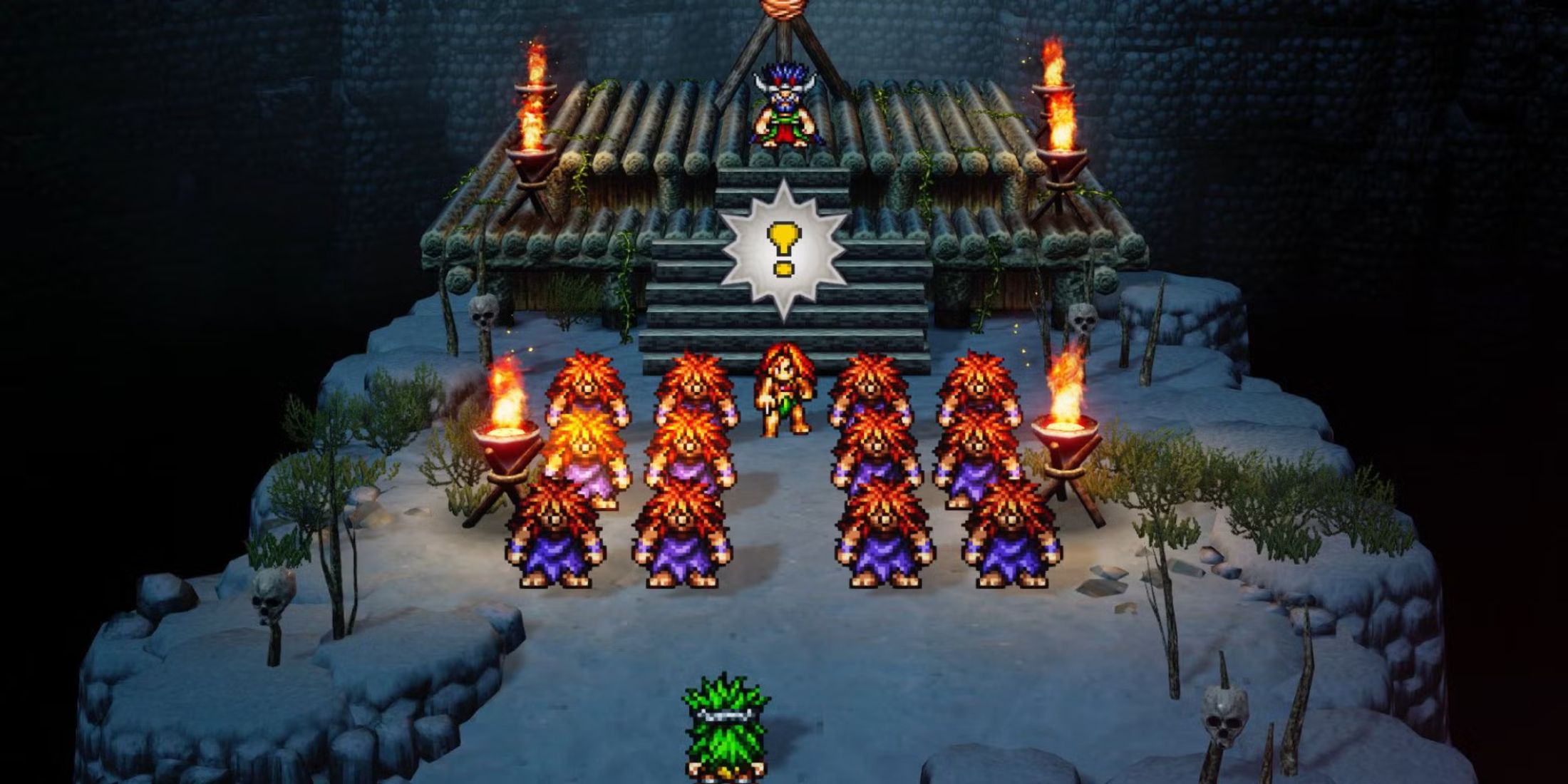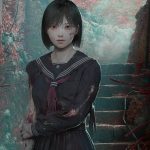Most Obscure SNES JRPGs You Need To Play
Description

Summary
- Romancing SaGa 3 offers a non-linear experience with complex systems, rewarding player exploration and experimentation.
- Energy Breaker blends tactical RPG movement with sci-fi elements, offering a unique combat experience.
- Live a Live showcases innovative multi-character storytelling across different genres, setting a creative standard for JRPGs.
Not every JRPG that graced the Super Nintendo in the 90s went on to become Final Fantasy 6 or Chrono Trigger. Some stayed hidden behind import barriers, bizarre mechanics, or just plain bad luck. Still, tucked away in the corners of the SNES library are titles that took big creative swings and delivered something genuinely special.
These aren’t the genre’s heavy-hitters; they’re the weird, bold, and often beautiful games that deserve more love. Some never saw official releases outside Japan, and others were just buried under flashier releases, but they all bring something unique to the table. If nothing else, they’re proof that the SNES era was absolutely fearless when it came to RPG experimentation.
Romancing SaGa 3
When Freedom Is A Feature, Not A Flaw
Even among JRPG fans, Romancing SaGa 3 is something of a litmus test. It looks like a traditional Squaresoft RPG from afar, but the moment players start digging into it, things get messy in the best possible way. Instead of funneling players through a linear storyline, the game throws them into a sprawling world with eight of protagonists, each with their own goals, routes, and unlockable events. On top of that, it barely explains itself. Players might stumble into boss fights they aren’t ready for, completely miss story arcs, or accidentally turn their warrior into a full-time poet. And all of that is by design.
The reason Romancing SaGa 3 stayed in obscurity for so long is simple: complexity. Its leveling system doesn’t use experience points. Characters learn skills mid-battle through a spark mechanic, which is both random and incredibly satisfying. Even now, some players don’t know how half the systems work. But beneath the chaos is a role-playing depth that modern games still try to imitate. It finally got a worldwide release in 2019, but its SNES roots remain unmistakably bold and brilliant.
Energy Breaker
Tactical Role-Playing With A Shot Of Sci-Fi
|
Developer |
Neverland |
|---|---|
|
Release Date |
July 26, 1996 |
There’s something quietly cool about Energy Breaker. It never screams for attention, which is probably why it faded into the background. But under the hood, this 1996 Japan-only release from Neverland (the studio behind Lufia) is packed with ideas. It blends tactical RPG movement with turn-based combat, letting players move freely on a grid before picking their actions. It even features a day-night cycle that affects battle dynamics and interactions, years before Persona would make that a selling point.
Its story follows a former soldier named Myra who’s trying to recover her lost memories, but the narrative keeps surprising with twists that lean into sci-fi territory more than traditional fantasy. What makes Energy Breaker so fascinating is how it ties character skills to item-based magic, allowing hybrid builds and unusual strategies. It never got a Western release, but fan translations have kept it alive. It might not change anyone’s life, but it’s one of those quiet titles that leaves a lasting impression through sheer charm and a whole lot of ambition.
Lennus 2: Apostles Of The Seals
The Bizarre Sequel Nobody Saw Coming
|
Developer |
Copya System |
|---|---|
|
Release Date |
July 28, 1996 |
Even people who remember Paladin’s Quest might not realize it had a sequel. Lennus 2 stayed locked in Japan, and honestly, that might be one of the biggest tragedies of the SNES era. It takes the surreal, alien aesthetic of the first game and goes even harder. Characters look strange, towns feel like sci-fi art pieces, NPCs say unhinged things, and, somehow, it all works.
The combat uses a unique spell system where magic is powered by elemental spirits, and upgrading spells requires players to strengthen their bond with these spirits by repeatedly using the corresponding magic types. It feels strange at first, but it adds this interesting rhythm to battles where repetition isn’t a grind; it’s progression. The narrative continues the story of the first game’s world, but with more focus on character drama and political weirdness. It’s a shame this never got localized, because it’s the kind of cult classic that would’ve found its audience if given the chance.
Treasure Of The Rudras
The Magic System That Let Players Play God
Square really went off the rails in the best way when it developed Treasure of the Rudras. Released in 1996, right at the tail-end of the SNES’ life, it never made it outside Japan. And that’s a shame, because it might have one of the coolest magic systems ever put into a 16-bit RPG. Instead of learning spells through level-ups or scrolls, players type in their own magic words. Literally. The game lets them create spells by combining roots, prefixes, and suffixes in a system that feels more like spellcraft than just casting fireballs.
But that’s not even half of it. Treasure of the Rudras has four separate protagonists, each with their own storyline set over 15 days before the world ends. Their paths eventually converge in the final chapter, and the story toys with Hindu mythology in a way that feels bold and surprisingly respectful. It’s big, experimental, and weirdly philosophical for a game that lets players type “POOP” into the spellbook and still cast a decent thunderbolt.
Live A Live
The Anthology That Proved JRPGs Could Be Anything
Before Octopath Traveler made multi-character storytelling stylish, Live a Live was doing it in 1994. Each of its seven chapters drops players into a different time period with new characters, gameplay twists, and visual styles. One chapter is a sci-fi horror story set on a spaceship, another is a kung fu training saga, and another is literally a Street Fighter homage. Furthermore, each plays by slightly different rules. One of them doesn’t even have real combat, just pure stealth and psychological pressure.
The fact that Live a Live never got released outside Japan until 2022 is baffling, because it’s one of the most creative JRPGs ever made. The way it experiments with genre conventions and player expectations is still ahead of its time. Its remake gave it a long-overdue spotlight, but the SNES version remains a milestone in storytelling structure. It’s not just underrated; it’s foundational for anyone who wants to see what RPGs are capable of when they stop trying to be epic and start trying to be interesting.
Bahamut Lagoon
Dragons, Drama, And Tactical Heartbreak
Few games have as much going on under the hood as Bahamut Lagoon. It looks like a straightforward strategy RPG on the surface, but it layers in a dragon-raising mechanic that changes how battles unfold. Instead of directly controlling dragons, players influence them through feeding and bonding, creating creatures with wildly different behaviors and powers. It’s like trying to win a war while managing the emotions of a moody teenager who can breathe fire.
The story is just as dramatic. It leans hard into political betrayal and forbidden romance, with a tone that feels more Final Fantasy Tactics than anything else. Developed by Square and released in 1996, Bahamut Lagoon never made it outside Japan, likely because the localization would’ve required a full overhaul, but it’s easily one of the SNES’ most narratively ambitious and mechanically rich RPGs. Between its branching battles and surprisingly moving ending, this is the kind of hidden gem that deserves to be studied, not just played.




